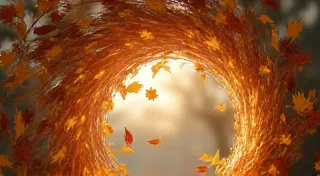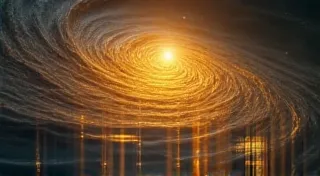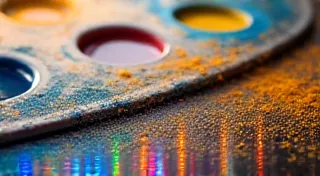Beyond the Pixel: Finding Narrative in Astrophotography
We often get caught up in the technicalities of astrophotography – the focal length, the exposure time, the guiding accuracy. We chase the “perfect” image: sharp stars, vibrant nebulae, minimal noise. And there's certainly a profound satisfaction in conquering those challenges. But what happens when we move beyond the purely technical? What happens when we start looking for a story etched into the cosmic dust, a feeling woven into the light from distant stars? That’s when astrophotography truly transcends image-making and becomes a form of storytelling.
My own journey towards this understanding began unexpectedly, not under a dark sky, but in the cluttered, dusty attic of my grandfather’s house. He was a collector of forgotten things – antique radios, broken clocks, and, most memorably, accordions. Dozens of them. Each one a testament to a time when music filled the air, hand-crafted with a care and artistry that feels almost unimaginable today. Holding one, feeling the weight of the bellows, tracing the intricate carvings – it wasn’s just an instrument; it was a vessel holding echoes of lives lived, melodies played, and stories untold. There was a palpable emotional resonance; a sense of history that seeped into your very bones.

The Universe as a Symphony
That feeling, that appreciation for craftsmanship and history, started to inform my astrophotography. I realized that the universe, too, is a symphony – a vast, complex, and beautiful arrangement of energy and matter. Nebulae aren’t just blobs of glowing gas; they are stellar nurseries, cradles of new worlds. Galaxies aren’t just distant island universes; they are collections of billions of stars, each potentially harboring planets, and perhaps, life. And those stars themselves? They are massive furnaces, forging the very elements that make up our bodies, our planet, our existence. This understanding is so crucial; we’re not just capturing photons; we are capturing a moment in cosmic time.
Think about the Horsehead Nebula. It’s a well-photographed object, but truly *seeing* it requires more than just a technically proficient image. It requires understanding that the dark silhouette is a cloud of dust and gas that's actively *absorbing* light from the fiery star behind it. It’s a cosmic dance of absorption and emission, a constant interplay of forces. This knowledge, this understanding, transforms the image from a pretty picture into a poignant narrative about creation and destruction, about light and shadow. Mastering the technical side of things is paramount, of course – and while many strive for perfection, considering how to tell a story with the resulting images can elevate astrophotography beyond a display of technical prowess. Many photographers ponder rewriting the familiar through their lens, and astrophotography is certainly no exception.
Beyond the Technical Checklist
The technical aspects of astrophotography – the tracking, the calibration, the stacking – are undeniably important. They are the tools that allow us to reveal these faint and distant objects. But they shouldn’t be the *end* goal. They should be the means to an end: to connect with the universe on a deeper level, to share that feeling of wonder with others. If your astrophotography only demonstrates your technical skill, it's akin to showcasing an accordion solely by listing its keys and reeds; you miss the music, the heart of the instrument. Finding that 'music' often involves pushing beyond established workflows, and considering how to embrace imperfection; the field of astrophotography, and art generally, benefits greatly from starlight alchemy, transforming those perceived flaws into artistic merit.
Consider the history behind antique accordions. Many were built in Europe, meticulously crafted by skilled artisans who took immense pride in their work. Each bellows was carefully shaped, each key precisely positioned. The materials – wood, leather, metal – were chosen for their durability and resonance. These weren’t mass-produced objects; they were works of art. And that legacy of craftsmanship, of dedication, feels incredibly relevant when we contemplate the vast timescale of cosmic events. The light we capture from distant galaxies has traveled for billions of years, carrying with it stories from the very beginning of the universe. Our efforts to capture that light, to preserve it, is a continuation of that same spirit of dedication and artistry.
Finding Emotion in the Darkness
Often, the most compelling astrophotographs aren’t the brightest or the most detailed. They’s the ones that evoke a feeling, that trigger a sense of mystery and awe. A subtle gradient of color, a hint of texture, a sense of depth – these elements can be more powerful than perfect technical execution. Think about the way a skilled musician uses dynamics and phrasing to convey emotion. It’s not just about playing the notes correctly; it’s about telling a story through the music. Achieving that emotional depth often requires a meticulous approach to framing and composition; it's about finding the balance between technical accuracy and artistic expression. Many seek to understand how to best create images that offer a window into the grandeur of the cosmos, pushing past mere representation and towards true emotional resonance.
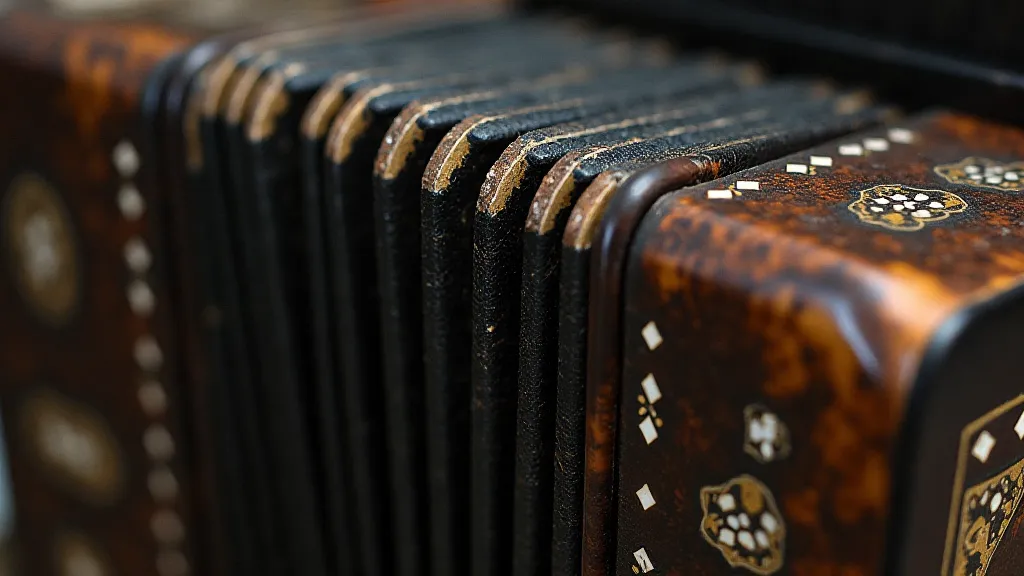
This approach isn’t about abandoning technical skill; it’s about integrating it with artistic vision. It’s about learning to *see* beyond the pixels, to find the narrative woven into the fabric of space. It’s about recognizing the shared human thread connecting us to those who crafted accordions a century ago, and to the ancient light that continues to reach us from across the cosmos. When I see an image of the Andromeda Galaxy, I don’t just see a spiral of stars; I see a glimpse into our past, a promise of our future, and a reminder of our place in the grand scheme of things. This deep contemplation of the cosmos can sometimes lead to a sense of perspective, prompting the photographer to consider the delicate balance between human endeavor and the vastness of the universe.
Restoration and Preservation: A Parallel Journey
There’s a fascinating parallel between restoring an antique accordion and capturing the light from distant galaxies. Both require patience, meticulous attention to detail, and a deep respect for the object’s history. With an accordion, you’re trying to revive a forgotten voice, to bring it back to life. With astrophotography, you’re trying to reveal a hidden universe, to share its beauty with others. The precision required for both tasks is remarkably similar.
Restoring an accordion often involves replacing damaged bellows, repairing broken keys, and carefully cleaning away years of grime. It’s a process of discovery, of uncovering the instrument’s original form and function. Similarly, capturing faint light from distant galaxies requires sophisticated equipment, careful processing, and a willingness to experiment. Both endeavors are testaments to human ingenuity and perseverance. The process of revealing hidden beauty, whether in a vintage instrument or in the depths of space, is an act of reverence and a celebration of human potential.
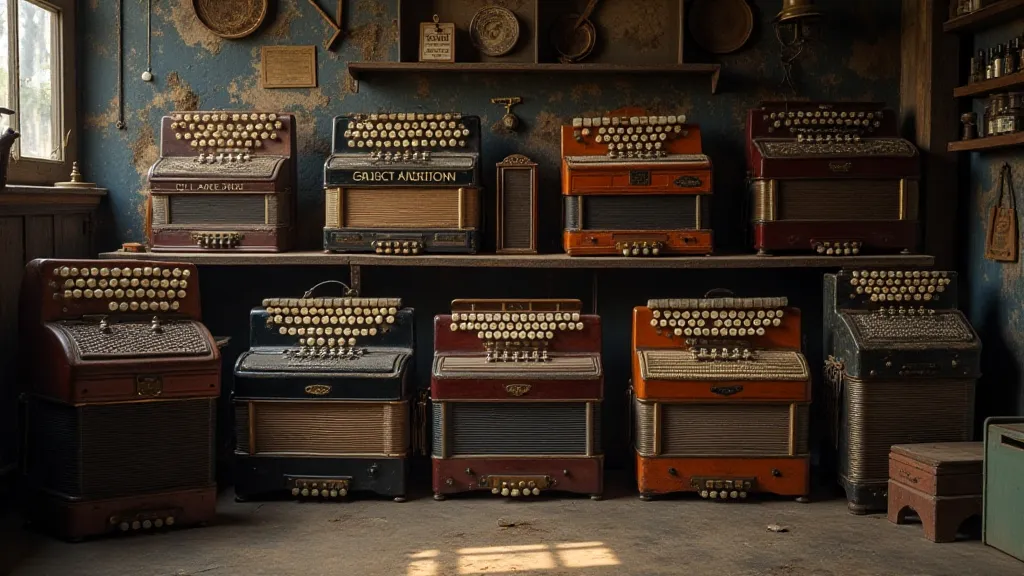
More Than Just an Image
Ultimately, astrophotography isn’t just about taking pretty pictures. It’s about connecting with the universe on a deeper level, about sharing that experience with others. It’s about finding narrative in the darkness, and conveying emotion through light. The next time you’re out under a dark sky, remember the accordions in my grandfather’s attic, and the stories they hold. Look beyond the technical checklist, and try to see the universe not just as a collection of stars and galaxies, but as a grand, unfolding narrative, waiting to be discovered. The ability to truly appreciate the beauty of the universe also opens up the possibility of finding peace and tranquility in the astrophotography process, a mindful approach to creating art that resonates with the observer. Many find solace and understanding through this pursuit, recognizing the profound connection between the cosmos and the human spirit.
